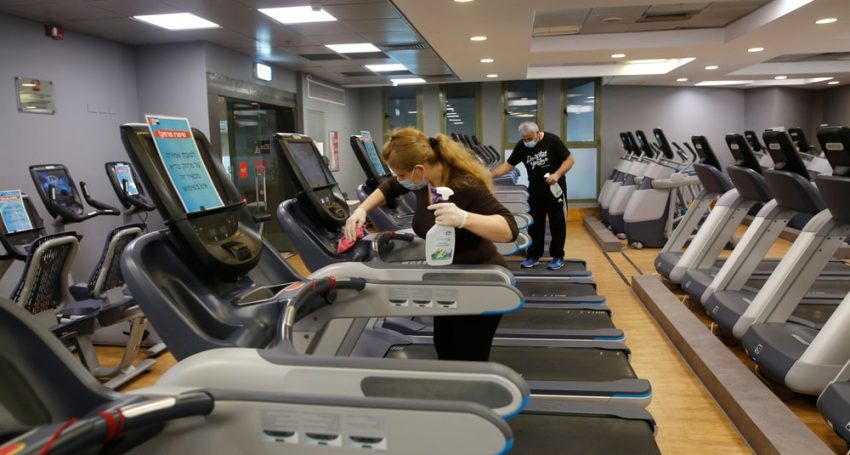The full opening of restaurants, gyms and hotels carries the highest risk of COVID-19 proliferation, warn specialists from Stanford and Northwestern universities in the United States.
The researchers used cell phone data to track the hourly movement of 98 million people – so they simulated the spread of the virus when visiting gyms, restaurants, churches, car dealerships, grocery stores and other places.
On average, metro areas, restaurants, gyms, hotels, cafes and religious organizations showed the largest predicted increase in infections when they opened after quarantine. Restaurants were the leaders in the list, followed by gyms, cafes, hotels and motels.
The authors of the work came to the conclusion that 10% of the surveyed places may account for up to 85% of infection cases. These are small places where people spend a lot of time.
However, according to the researchers, it is not reasonable to completely close such places for visiting – it is enough to limit the number of people in them. Such restrictions may eventually reduce the number of infections by more than 80%, they believe.
The model also confirmed that people from disadvantaged socio-economic groups and racial minorities were more likely to be infected – the poor could not limit their movements so dramatically, plus people from that category had been in more crowded places and therefore had more opportunity to become infected. For example, there were about 60% more people in grocery stores with a lower-middle-income target population, with customers staying 17% longer.


